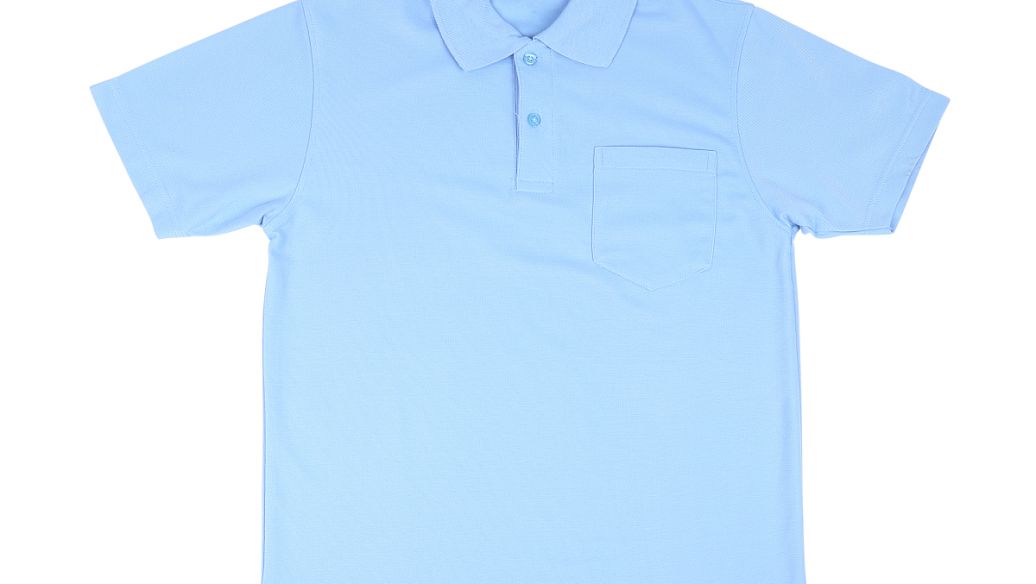Customized clothing design is the process of designing and making according to the customer’s personal needs and preferences. When designing customized clothes, you need to pay attention to the following important issues:
1. Style selection: First, you must understand the customer’s preference for clothing style, such as casual , formal, fashionable, etc. Designers need to fully communicate with customers to understand their dressing habits, professional characteristics and occasion needs to determine the overall style of the clothes.
2. Material selection: Choose appropriate fabrics and materials according to customer needs and seasons. The choice of fabric is related to the comfort of wearing and the appearance of the clothes, and should be selected according to the customer’s requirements. For example, for summer custom-made clothes, you can choose cotton and linen fabrics with good breathability; for winter, you can choose wool or velvet materials with good warmth retention.
3. Size customization: It is very important to accurately measure the customer’s body size to ensure the fit and comfort of the clothes. Designers need to cut and customize clothes based on the customer’s detailed measurements such as height, bust, waist, and hips. At the same time, the customer’s personal preferences and habits, such as looseness, slim fit, etc., must also be taken into consideration.
4. Detail processing: Details determine success or failure, and designers need to pay attention to every detail when customizing clothes. For example, neckline design, cuff design, button style, stitching color, etc. all need to be customized according to the customer’s preferences and overall style. Careful attention to detail can enhance the quality and uniqueness of clothing.
5. Special needs: Sometimes customers may have some special needs, such as hiding or modifying physical defects, or according to the requirements of special occasions. Customize. Designers need to communicate with customers in a timely manner, understand and meet their special needs, and provide customers with personalized services.
6. Repeated confirmation: During the customization process, designers should maintain close communication with customers, provide timely feedback on clothing design plans, and solicit customer feedback. Comments and suggestions. Customizing clothes is an iterative process, and designers need to make adjustments and improvements based on customer feedback to ensure that the final garment perfectly meets the customer’s expectations.
In short, custom clothing design requires care, patience and professional skills. Designers should satisfy the customer’s needs as much as possible while paying attention to detail and quality control to ensure the quality and uniqueness of the custom clothes to satisfy the customer.





